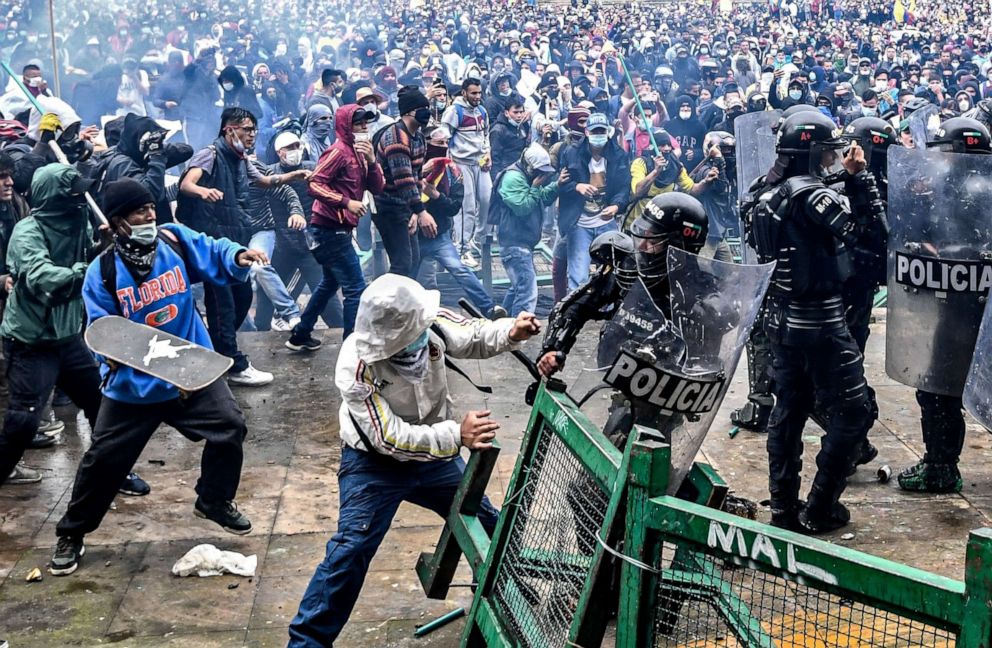Course theme:
1. What conditions are necessary to end armed conflict and build sustainable peace?
In the last weeks, Israel and the Gaza strip experienced the worst violence in years. Fighting broke out between the two groups mainly because of religious differences, Palestinians started protesting outside Jerusalem because of limited access into the city. Because of the Israeli's unwillingness to cooperate, the Hamas forces fired rockets at Israel which resulted in some deaths. In response, the Israelis launched airstrikes on a large scale and major destruction occurred all around. Rioting was one of the many ways that people denounced the brutality. Israeli police forces often used violence to disperse the riots.
After much more violence occurred and multiple airstrike exchanges, the Hamas and Israelis agreed to a ceasefire, which ended 11 days of fighting. Both sides claimed victory, although Israel's Prime Minister received criticism from regions heavily damaged by the rockets. The ceasefire was heavily pressured by the U.S.'s president Biden, he and many others condemned the violence that was happening. He praised the Israeli Prime Minister Netanyahu's decisions and Blinken, the U.S. Secretary of State offered more than $75 million in assistance to the Palestinians. Many Palestinians celebrated in Gaza, calling the day of the truce "The Day of Freedom."
Although many people are celebrating the ceasefire now, the future of the situation is unclear, although many prominent leaders are taking action to help stop the fighting. Still, a plausible solution for the root cause of the problem has not been clearly addressed. The tensions are still somewhat tight between the two sides; they doubt the truce will last for very long.
Discussion Questions:
1. What is the significance of using ceasefires to ease global tensions?
2. What is the impact of global powers intervening in such a conflict?
Sources:
https://www.bbc.com/news/world-middle-east-57195537
https://www.nytimes.com/live/2021/05/21/world/israel-hamas-news





